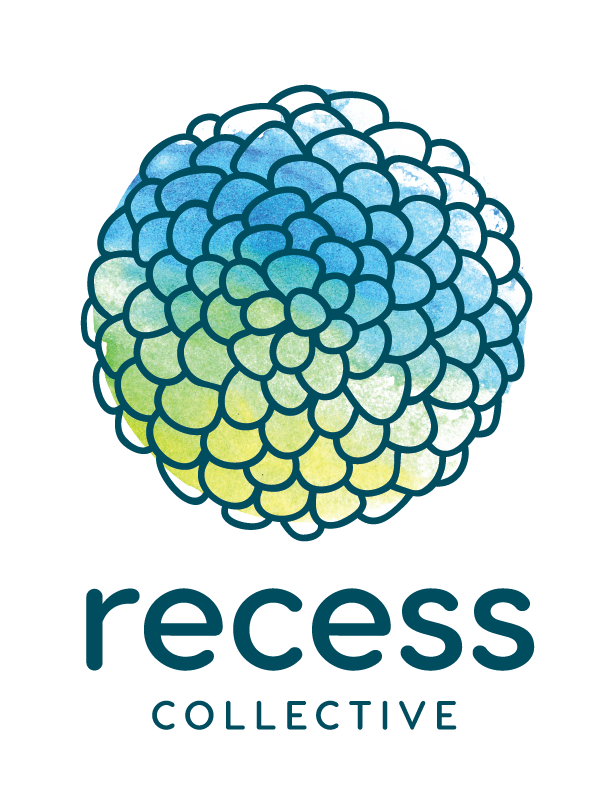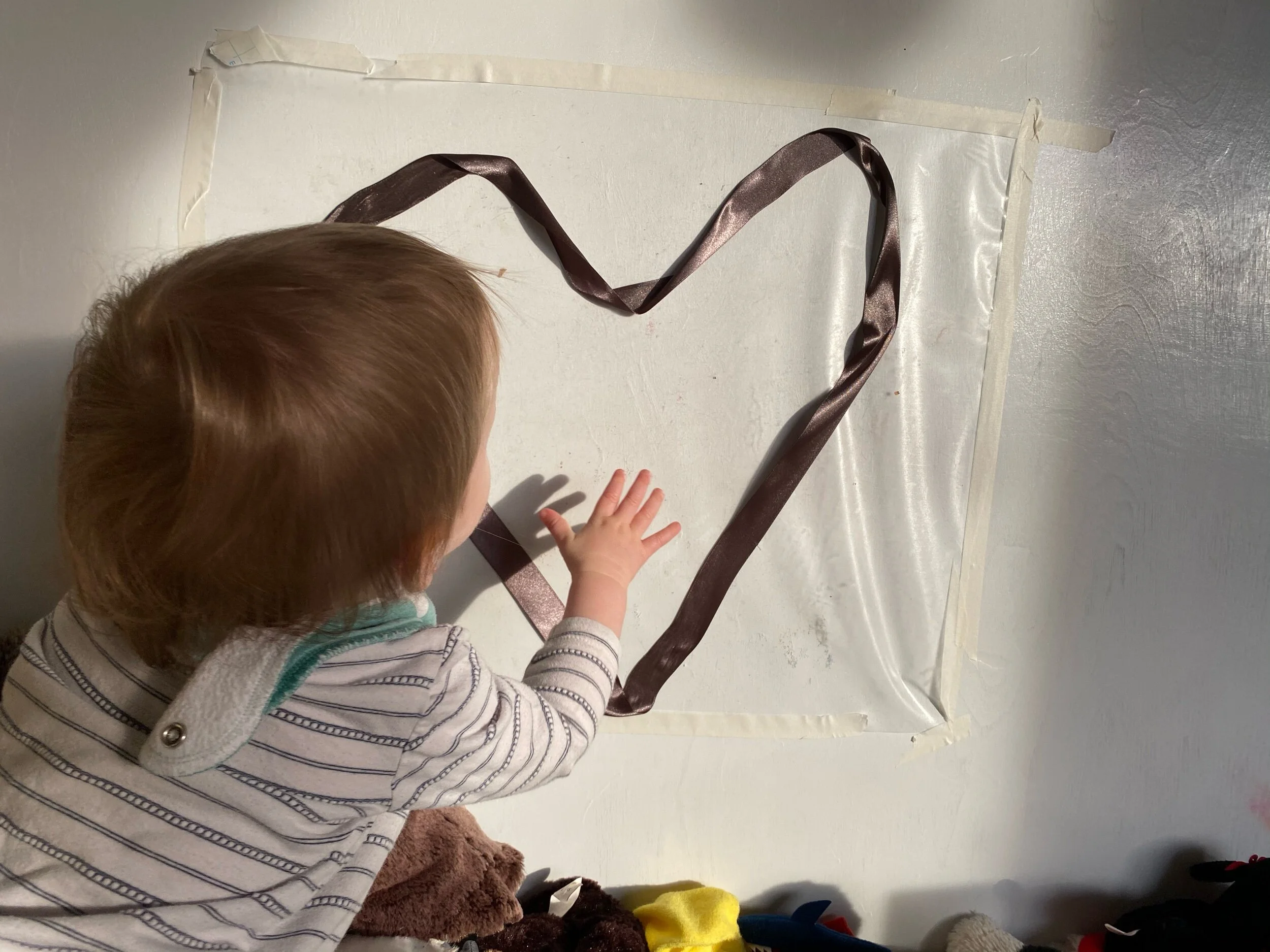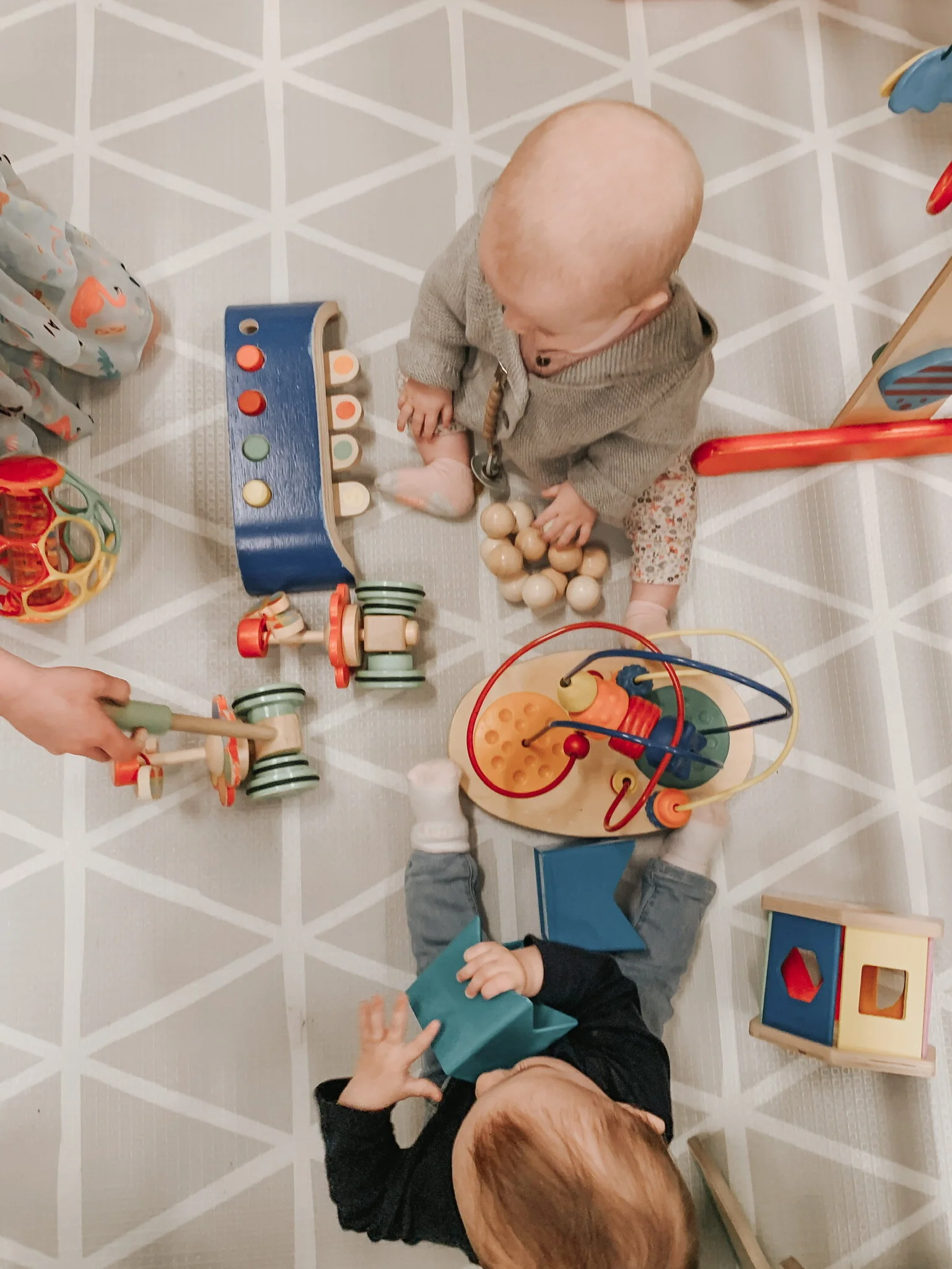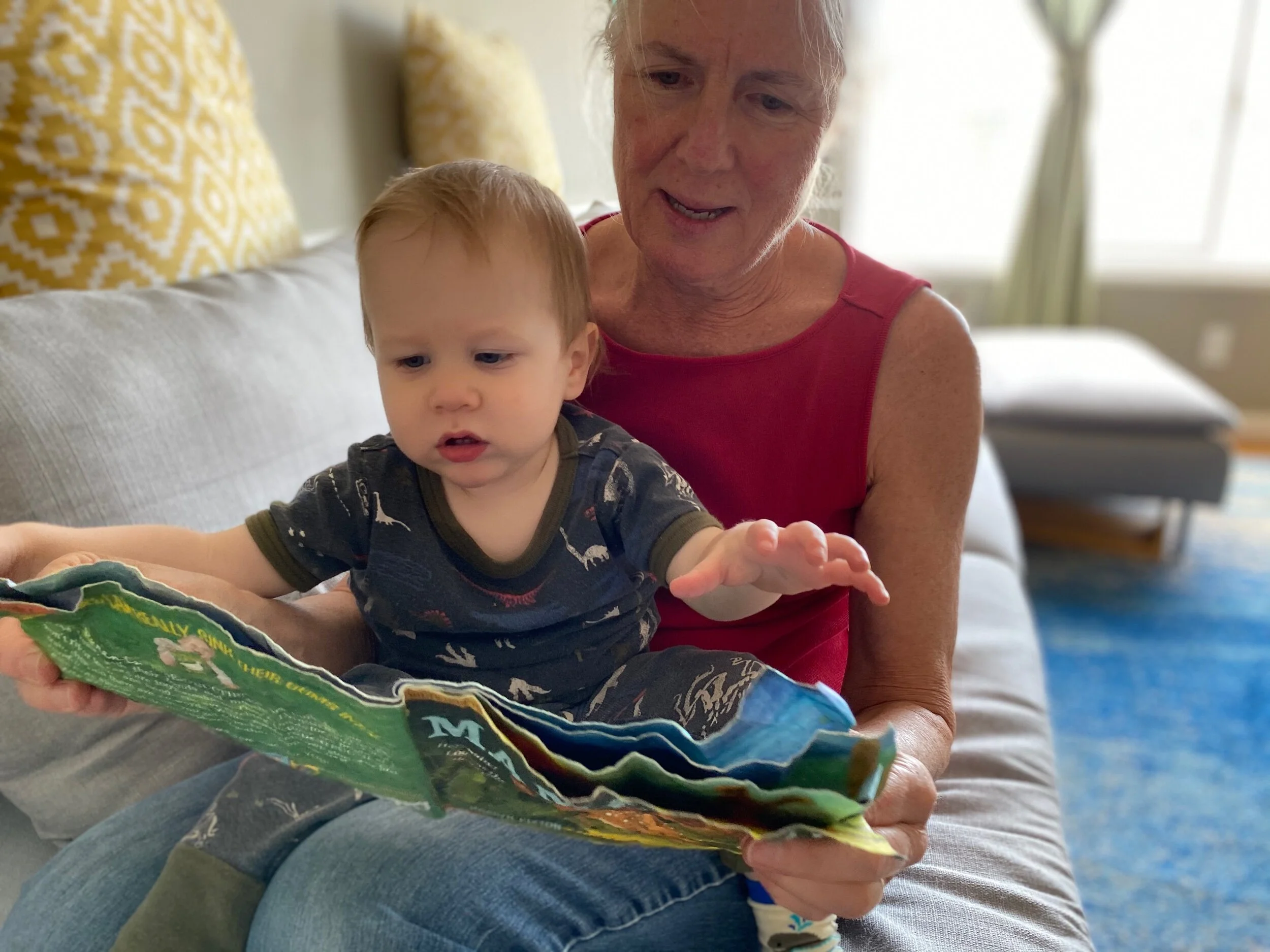We know that children’s books can act like both mirrors and windows on the world. Mirrors in that they can reflect on children’s own lives, and windows in that they can give children a chance to learn about someone else’s life. We also know that this type of self-reflection and opportunity to read or hear about different lives is essential for young people.
Research on prejudice shows that coming in contact with people who are different (so called “others”) helps to reduce stereotypes. This is because when we see people who initially seem different, we learn about them and get closer to them through their story. The “other” seems less far away and, well, less “otherly”.
But while it may be ideal for children to actually meet people from different backgrounds in person, if that isn’t possible, books can serve as a first introduction to an outside world.
Diverse books are important because they teach. They help promote respect and empathy for all types of people. They illustrate injustices. That is the power of a diverse book: You change everything for one kid, and you create empathy in 100 more.
Especially during this time when school is out, books are able to impart crucial lessons. And they have the unique ability to do so over and over (and over). .
The website Embrace Race is one of our favorite resources as we work toward anti-racism in our families. They note:
“Research from Harvard University suggests that children as young as three years old, when exposed to racism and prejudice, tend to embrace and accept it, even though they might not understand the feelings. By age 5, white children are strongly biased towards whiteness. To counter this bias, experts recommend acknowledging and naming race and racism with children as early and as often as possible. Children’s books are one of the most effective and practical tools for initiating these critical conversations; and they can also be used to model what it means to resist and dismantle oppression.
Beyond addressing issues of race and racism, this children’s reading list focuses on taking action. It highlights resistance, resilience and activism; and seeks to empower youth to participate in the ongoing movement for racial justice. These books showcase the diverse ways people of all ages and races have engaged in anti-racist activism, and highlight how race intersects with other issues, such as capitalism, class and colonization. The majority of books center activists of color, whose lives and bodies have been on the front lines of racial justice work, yet whose stories often go untold. The essential work of white activists is also included — to underscore that anti-racist work is not the responsibility of people of color; and exemplify the ways white allies have stood up against racial injustice. This list was curated by critical literacy organizations, The Conscious Kid and American Indians in Children’s Literature.”
Here are some more of our other favorites. Please, if you can, avoid going straight to Amazon to buy new books. Especially during the COVID crisis, small & local bookstores need your support. And, even though libraries are closed, many of them have apps for reading ebooks and listening to stories.
Library Apps: Libby & Hoopla
Our favorite San Francisco Local Bookstore: Blackbird Books
Marcus Books is the oldest independent Black bookstore in the country (they are creating a website for online purchases)
An incredible list of books to teach white children and teens how to undo racism and white supremacy from a bookstore in Georgia.
The New York Times created a list to get the conversation about race going early and often
Mother Magazine’s list of books that include persons of different races and ethnicities.
Many more resources for Talking about Race, Racism and Racialized Violence with Kids, compiled by the Center for Racial Justice in Education
Activities
Story Time with Mr. Limata https://www.youtube.com/channel/UC15_SZ8AWVaQDoF76zni9QA
Black Lives Matter Coloring Book printable
Through June 19, Dottir Press is offering free downloadable PDFs of their books to support families as they unlearn white supremacy
Please comment here with any other resources you’ve come across that should be added to our list. Together we can continue to do better.







